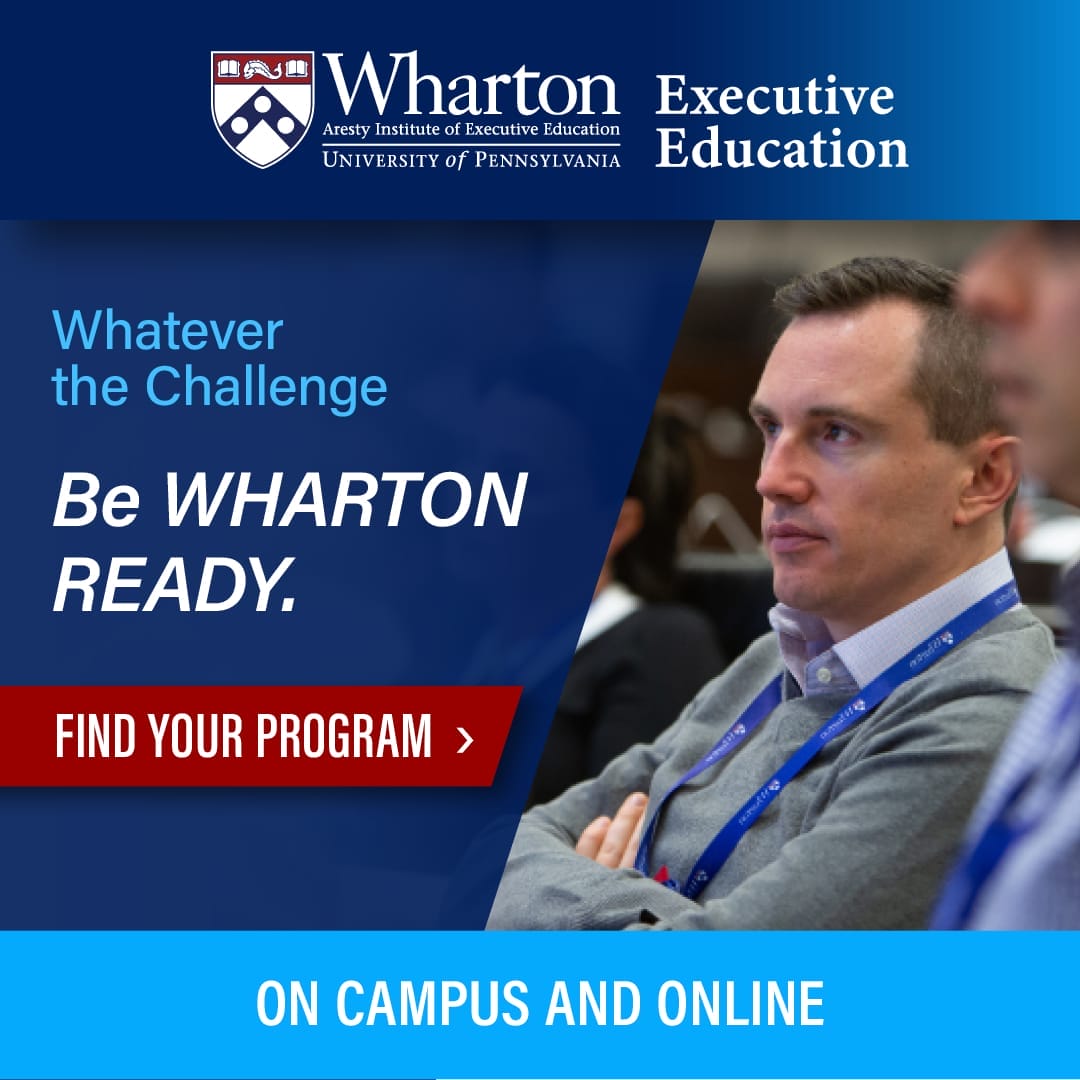Photo: Getty Images
There is now considerable research showing that diverse organizations may enjoy a performance advantage. I certainly know that my thinking is improved, and the decisions I participate in are better, the more diverse perspectives I listen to and learn from. But all around us today we also see instances where differences among people—be they countries of origin, educational background and social status, gender and sexuality, race and ethnicity, physical and mental abilities, or political ideologies—can also create polarizing frictions.
At Wharton, we believe in the power of diversity. But we also know that increasing diversity in our students, faculty and staff is only the beginning. It takes clear thinking and commitment to translate the potential benefits of diversity into better outcomes for everybody. That is true in universities. It is also true for corporations, not-for-profits, and governments.
Here are four “shoulds” to ensure that diversity is an asset for all organizations and for society as a whole. My thinking on this topic has been greatly influenced by conversations with my Wharton colleague Stephanie Creary, who teaches a wonderful course on “Leading Diversity in Organizations.”
1. Diversity: Membership in your organization should reflect the rich array of diverse backgrounds and perspectives in society.
Two things are true in many organizations today. One, great efforts are continuing to be made to diversify their membership. Two, there is still a long way to go, not only in further increasing diversity itself, but also—at least as important—in creating an environment in which diversity can be leveraged for the benefit of individuals and the organizations of which they are a part.
2. Inclusion: Every member of your organization should be invited actively to participate in all aspects of your organization.
The point that recruiting a diverse organization is only the first step in realizing the full benefits of diversity was made in a way that really struck me at a panel on leading diverse organizations at last June’s Wharton Global Forum in New York. Janet Cowell C90 G95 WG95, a Wharton alumna who is CEO of a great not-for-profit devoted to increasing the number of women in finance (Girls Who Invest), put it something like this: It is one thing to be invited to the party, but what really matters is being asked to dance.
A somewhat more formal translation: Make sure your organization is diverse, but it is equally important that everyone in your community is invited to participate in everything you do.
3. Belonging: All members of your organization should have the confidence and support to contribute their unique perspectives to every aspect of your organization.
To continue the dance metaphor, when someone at a party is asked to dance, do they just shyly or reticently say, ‘No, thank you’? Or do they feel free to bust out their best moves, whatever they may be? Remember Elaine Benes grooving to Earth, Wind and Fire’s “Shining Star” in a classic Seinfeld episode?
There is a really important point under the humor. Organizations can only truly benefit from their diversity if everyone in their community feels they truly belong, feels fully safe, and hence has the confidence to be themselves and say what they are thinking.
In the Seinfeld episode, Elaine was completely oblivious to the disdainful reactions of the other party goers to her unusual moves. That was the joke. But that is the opposite of belonging. Here’s my revision of the script: When Elaine enters the dance floor, fully confident she is safe among people she can trust to support her, everyone responds by joining her with their own, idiosyncratic dance moves—all sharing in and benefitting from the experience.
4. Respect: All members of your organization should be respected for who they are and what they have to say, no matter who they are and what they have to say.
As my rewrite of Seinfeld makes clear, a precondition to one’s sense of belonging is the respect of others. When there is respect for everyone’s backgrounds, perspectives, contributions, and points of view, there will be trust. Everyone can feel empowered to be their full selves.
This is the ultimate feedback loop for organizations that leverage diversity. It ensures that differences in backgrounds lead to an open sharing of the full gamut of perspectives embraced by all members of the organization, stimulating a rich diversity of contributions. Ultimately, it results in better culture, better decisions, and better performance.
It’s important that today’s diversity agenda be about more than the number of women and minorities at schools like Wharton, in executive positions and on boards at finance and tech companies, and about more than having gender and disability-inclusive bathrooms. These are no doubt essential. But they are only the start.

The bathrooms at LinkedIn in the Empire State Building
The full potential of diversity can only be realized when all members of an organization feel included, that they belong, and that they are respected for who they are and what they offer. I laughed at Elaine back then. Now, I wish everyone had joined her on the dance floor and just as confidently boogied on down.
Editor’s note: This post was originally published on Dean Geoffrey Garrett’s LinkedIn page, where he was named an “influencer” for his insights in the business world. Geoffrey Garrett is Dean, Reliance Professor of Management and Private Enterprise, and Professor of Management at the Wharton School of the University of Pennsylvania. Follow Geoff on Twitter. View the original post here.



























